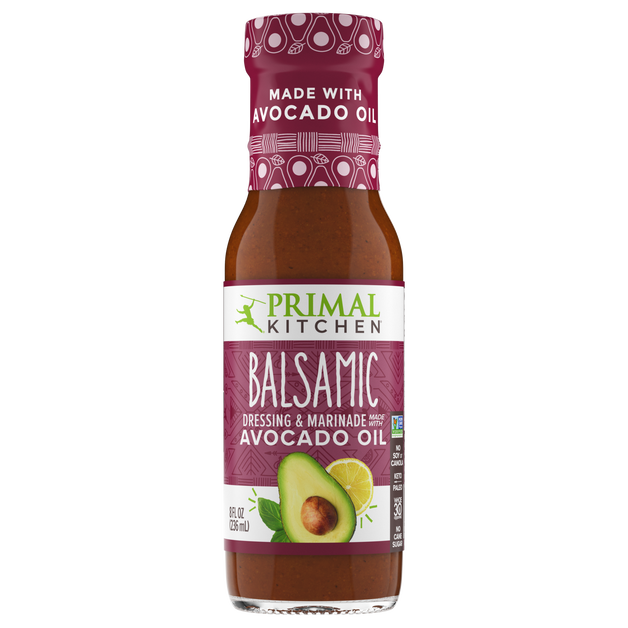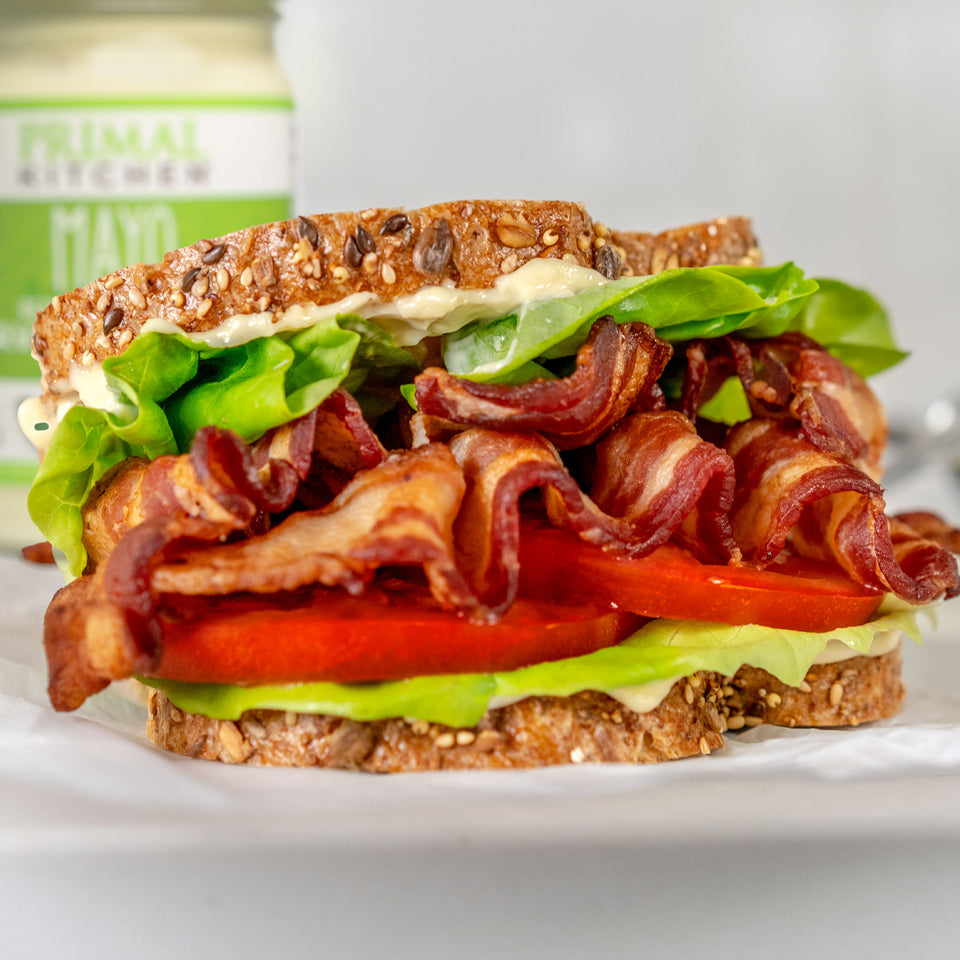What mental picture does the word “exercise” conjure up for you? Probably someone hoisting barbells at the gym, running on a treadmill, or throwing jabs in a kickboxing class. Walking, perhaps not so much.
We get it. Walking is second nature and accessible for most people. Even toddlers do it. Exercise is supposed to be hard, right? It doesn’t have to be. In fact, walking is a fantastic way to exercise, with plenty of research-backed benefits. It’s also what the human body is meant to do. Your feet, legs, pelvis, and spine keep you upright, exploring the world on two legs instead of four. The human body is a true walking marvel.
Yet, many of us don’t actually do all that much walking in our day-to-day lives. We get most of our steps going from the house to the car or maybe pushing a cart around the supermarket, which means we miss out on all the great things walking could add to our lives.

What’s So Great about Walking?
There are lots of reasons to embrace the humble walk. These are our top five:
- Walking builds aerobic fitness. Aerobic activity (think the kind of exercise you can do but still hold a conversation) is a cornerstone of healthy living. The U.S. Department of Health and Human Services recommends aiming for at least 150 minutes of moderate-intensity activity like brisk walking per week.
- It’s awesome for beginners and advanced fitness buffs alike. For those just dipping a toe into the wonderful world of exercise, walking offers an entry point that’s not too intimidating or expensive. All you need is a pair of shoes—unless you want to go barefoot. (Walking barefoot or wearing minimal shoes is a great way to strengthen your feet and lower body!) If you’re someone who already engages in a hardcore workout regimen, walking is an ideal way to build in “active rest” and counterbalance those more intense activities.
- Walking can get you where you need to go. For most of human history, walking was a primary mode of transportation. Now that we have gas and electric-powered options to get us from point A to point B, walking has gone by the wayside, even for short journeys. Yet walking remains a viable option that’s good for individuals and the environment.
- You get to see more of the place you live—and the world! You don’t really see what’s around you when you’re zipping by at 45 or 65 miles per hour. Forget about gazing into shop windows, stopping to chat with a neighbor, or petting that friendly dog. You probably aren’t going to venture down a side street just to see what’s there or pop into a bookstore when you’re driving around. All of those things are possible, and enjoyable, on foot.
- It lets your creative juices flow. There’s a reason that so many great thinkers, from Aristotle to Beethoven to poets Henry David Thoreau and Mary Oliver, spent so much time walking. There’s no better way to disconnect from technology and give your brain space to think, solve problems, and come up with new ideas.
Start a Walking Routine from the Ground Up
Hopefully, you’re convinced by now that we should all be walking every day—and as much as we can. If you’re far from hitting the recommended 10,000 steps per day, never fear. Like all forms of exercise, it can take some time to build up fitness and get into the habit of walking. Start with this beginner’s walking routine.
Week 1
- Day 1: Do two walks, each lasting 5-10 minutes.
- Day 2: Same as day 1. Pick up the pace a little if you feel good.
- Day 3: Extend your walks to 10-15 minutes. Keep them shorter if you’re sore or stiff.
- Day 4: Same as day 3.
- Day 5: Feeling good? Try a 30-minute walk at your own pace.
- Day 6: Aim to go out for an hour. Check-in with yourself and take breaks as needed. (If you’re not up for 60 minutes yet, just do what you can.)
- Day 7: Rest. Take a leisurely 5-minute stroll or two, but keep it easy-breezy.
Week 2
- Days 1-4: Just like week 1, aim for two walks per day, but try going a little longer—10 or 15 minutes each time.
- Day 5: Walk 45 minutes at a comfortable pace.
- Day 6: Try 90 minutes. Go as slowly as you need to feel good and enjoy yourself. Don’t forget to hydrate.
- Day 7: Rest
Week 3
- Days 1-4: You guessed it! Keep doing your twice-daily walks, adding 5 or 10 minutes to whatever you did last week. You should now be walking for 15-20 minutes each time.
- Day 5: Add 15 minutes to what you did on day 5 of last week—i.e., walk for 1 hour if you managed 45 minutes last week.
- Day 6: Keep extending your long walk, adding 30 more minutes if possible. Aim for 90 minutes to 2 hours. As always, do what you can!
- Day 7: Rest
Weeks 4-6
- Keep doing what you’re doing. Now it’s about locking in the habit so walking becomes a natural part of your daily life.
- Listen to your body. Hopefully, it’s telling you how amazing it feels to walk. If you’re feeling motivated to add more walks or make them longer, go right ahead.
- Ready for an even bigger challenge? Check out the next section.
Beyond week 6
- Congrats, you’re a walker now! An ambler, a stroller, a perambulator even. Go out and enjoy yourself.
How to Step Up Your Walking Game
One of the things we like most about walking is that it’s so simple. You can do it almost anywhere, outdoors or indoors on a treadmill, with no special equipment needed. But what if you want it to be more challenging so your walk really feels like exercise? No problem, we have some ideas for adding a little spice to your next walk:
- Add speed intervals of faster walking or even jogging. (Be careful, you might accidentally sign up for a 5k before you know it!)
- Look for hills to climb.
- Try more challenging terrain, like dirt trails or sandy beaches.
- Incorporate resistance training intervals. Stop every few minutes to do a set of bodyweight squats or pushups on the back of a park bench.
- Carry light hand weights or try rucking (a fancy term for walking with a weighted backpack).
Make Walking a Part of Your Daily Life
Now that you know the benefits of walking and how to get started, ask yourself whether you are driving places where you could reasonably walk. How far is the store, the gym, or your favorite coffee shop? Lace up your shoes and get steppin’.
The advice to walk 10,000 steps per day is actually somewhat arbitrary, but it’s as good a goal as any to start. The more, the better. After all, it’s what the human body was designed for.
We’ll leave you with these tips to make walking as easy and enjoyable as possible:
- Consider taking a walk as part of your morning routine. Get it done early before the day gets hectic.
- Another ideal time for walking is after meals. Research shows that post-prandial (“after eating”) walks have numerous health benefits.
- Enlist walking buddies. Invite coworkers, partners, kids, and your loveable pooch to join you. The latter will be especially enthusiastic!
- Wear comfy clothing and dress for the weather. Wear light, wicking materials in hot weather, and dress in layers in colder weather. Remember, the treadmill is always a viable option when the climate doesn’t cooperate with your walking plans.
- Find greenspace whenever you can, whether it’s an urban park, a nature preserve, or just a tree-lined street. Nature makes walking even better.
- Talk to a medical professional if you’re concerned about your ability to exercise.
















































































































